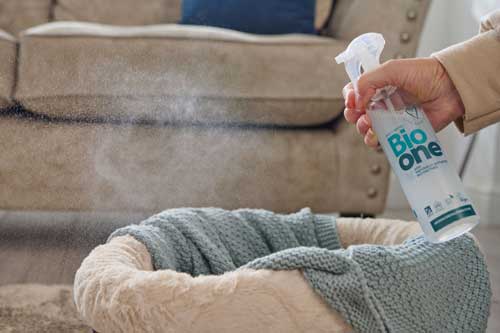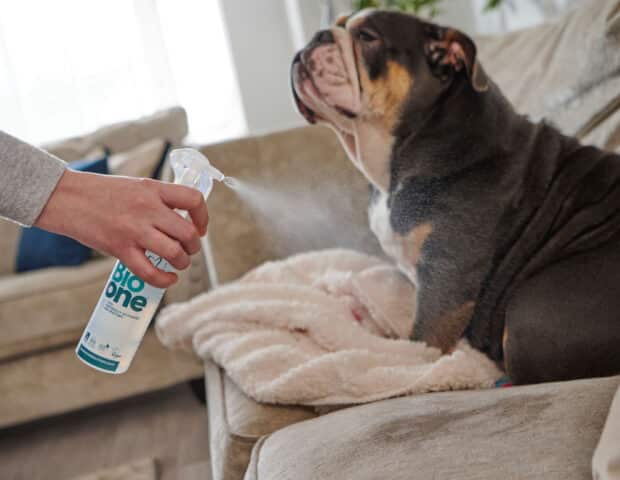Now more than ever, we understand the importance of good hygiene and thorough cleaning to protect ourselves and our loved ones. That might be why enzymatic cleaners are becoming more and more popular as people find out how good they are at tackling bacteria, stains and odours.
What’s the science behind enzyme cleaners and how exactly do they work?
What is biological cleaning?
Biological cleaning products, like enzymatic or bio-enzymatic cleaners, use technology based on human biology and nature. They are sometimes called ‘bacterial’ or ‘microbial’ cleaners and contain a live solution of ‘good’ or ‘friendly’ (non-pathogenic) bacteria to break down ‘bad’ disease-causing (pathogenic) bacteria. Bio one™ is an example of a biological cleaning product that uses 100% natural enzymes to fight dirt and eliminate odour such as pet odour, making it a great pet odour eliminator.
What are enzymes?
Don’t be fooled to think that because enzymes are natural they are less effective than chemical cleaners. Enzymes are nature’s very own powerful cleaning tools. Making them the go to choice for customers who do not want to spray harmful chemicals around their children, pets and their home.
Simply put, enzymes are all around us performing millions of important tasks in our bodies and in nature every single day. They are a type of protein that act like a biological catalyst to speed up the break down of organic compounds.
Similarly to how saliva, (which contains enzymes), initiates the digestion process by breaking down food in our mouths, cleaning enzymes use the same ‘enzymatic digestion’ to effectively break down and eradicate the organic proteins present in urine, faeces, vomit, drool, dirt, food, and more.
This process not only makes cleaning easier but also prevents the growth of bad bacteria – the root cause of those unpleasant odours – in the air, on surfaces, and within the fibres of your soft furnishings.
Try out Bio one™today, vomit and the other nasties is what nature created enzymes for.
How do you use Bio one™ enzyme cleaner?
- Remove any solid material (food, vomit or faeces) and excess liquid (urine or beverages).
- Mix the concentrated solution according to the instructions.
- Spray the product thoroughly, all over the contaminated area. On soft surfaces, work the solution into the fibres carefully, without rubbing.
- Spray more if you need to as the enzymes will only work while the area is damp.
- Leave Bio one™ on the surface for 5-10 mins.
- Wipe with a damp cloth and leave to dry naturally.
How does enzyme cleaner work?
The natural enzymes within enzymatic cleaners work together with live friendly bacteria to destroy waste particles – cleansing, degreasing and disinfecting surfaces in the process. They rely on each other as the enzymes break down waste particles into more digestible chunks so that the bacteria can consume them easily. When the bacteria ‘eats’ these waste particles, it breaks them into water and carbon dioxide. While the surface is still damp with enzymatic cleaner, the ‘good’ bacteria multiply until all the waste is consumed.
Why should you use an enzyme cleaner?
There are lots of reasons why you should use enzymatic cleaners. They are particularly helpful for dealing with any accidents or spillages that result in tricky-to-treat stains and strong smells. So, if other products and home remedies haven’t done the job, here’s why you should give enzyme cleaners a go:
- More effective than traditional cleaners
- They disinfect surfaces and tackle odours
- Enzymes can get deep down into surfaces and cracks to clean thoroughly
- Safer for pets and people than some chemical products
- Better for our planet than harsh chemicals
- The good bacteria within them can fight off any bad disease-causing bacteria
How long should you let enzyme cleaners sit?
Enzyme cleaners all need a bit of time to work their magic. When a surface is damp with the product, that’s when the magic is really happening. Even after you think you’ve removed the residue, they are still working hard to kill off any ‘bad’ bacteria to stop it from spreading. For best results with Bio one™, spray the entire contaminated area thoroughly and leave for five to ten minutes. After that time is up, if the smell is particularly strong or troublesome, respray and leave for a further five or ten minutes.
Are enzyme cleaners safe?
Yes, enzyme cleaners are entirely safe. Bio one™is an enzymatic cleaner that is specifically designed to be non-toxic for everyone – adults, kids and any furry friends. It is free from chemicals, organic, eco-friendly, pet-friendly, vegan and has a neutral pH. By using 100% natural enzymes, it works to remove 99.9% of bacteria, clean stubborn stains and smells while causing less harm to our precious planet.
What are the different types of enzymes?
There are four main categories of enzymes which exist in our natural world, either in the human body or within plants. Each type has the power to break down different substances by acting as a catalyst for a chemical reaction. By using our knowledge of these natural processes, we can mimic these chemical reactions to create highly effective cleaning products.
Proteases
Proteases break down proteins. Our blood, urine and faeces as well as food and drink all contain various proteins. Proteases or proteolytic enzymes break down proteins in the body to help with digestion, swelling and pain. In cleaning, they can dissolve protein to remove tough stains caused by bodily fluids, food or beverages.
Lipases
Lipases break down fat. In our body, lipase plays an important role in digestion by breaking down fatty foods. The same goes for enzyme cleaners. The lipase breaks down oil or grease to remove marks from fabrics or hard surfaces.
Amylases
Amylases break down starch. In our bodies, amylases turn starch from carbohydrates (like bread, potatoes or rice) into sugar to help our digestion. In cleaning, amylases are used to dissolve starch on dirty clothes, fabrics or dishes.
Cellulases
Cellulases break down cellulose. Cellulose is a substance found within plant cells which gives them strength or stiffness. It is used to make clothes, other fabrics and paper which is why biological laundry detergents contain cellulases to soften fabrics.

Live Love Clean
-
Sale!
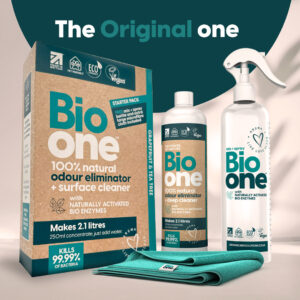
Bio One Odour Remover and Surface Cleaner Starter Pack – 250ml Concentrate
Original price was: $25.95.$18.95Current price is: $18.95. — or subscribe and save up to 10% Add to basket -
Sale!
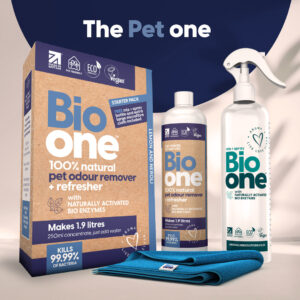
Bio One Pet Odour Remover Starter Pack- 250ml Concentrate
Original price was: $25.95.$18.95Current price is: $18.95. — or subscribe and save up to 10% Add to basket -
Sale!

Bio One Baby Odour Remover Starter Pack – 250ml Concentrate
Original price was: $25.95.$18.95Current price is: $18.95. — or subscribe and save up to 10% Add to basket -
Sale!
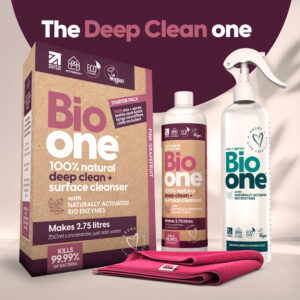
Bio One Deep Clean & Surface Cleanser Starter Pack- 250 ml Concentrate
Original price was: $25.95.$18.95Current price is: $18.95. — or Original price was: $18.95.$17.06Current price is: $17.06. / month Add to basket
-
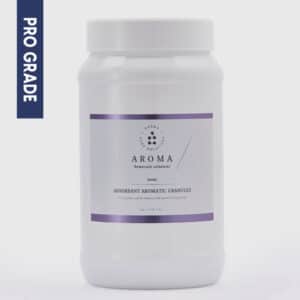
Absorbant Aromatic Granules – 1kg
$16.99 Add to basket -

Eco Friendly Toilet Cleaner
$9.49 Add to basket -
Sale!
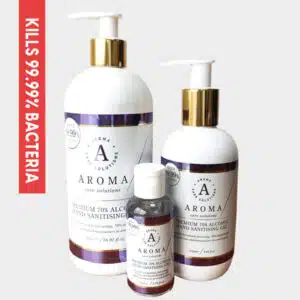
Premium 70% Alcohol Hand Sanitising Gel
$1.66 – $6.66 Select options This product has multiple variants. The options may be chosen on the product page -
Sale!

Luxury antibacterial Hand Wash with added moisturisers
$2.15 – $5.83 Select options This product has multiple variants. The options may be chosen on the product page




